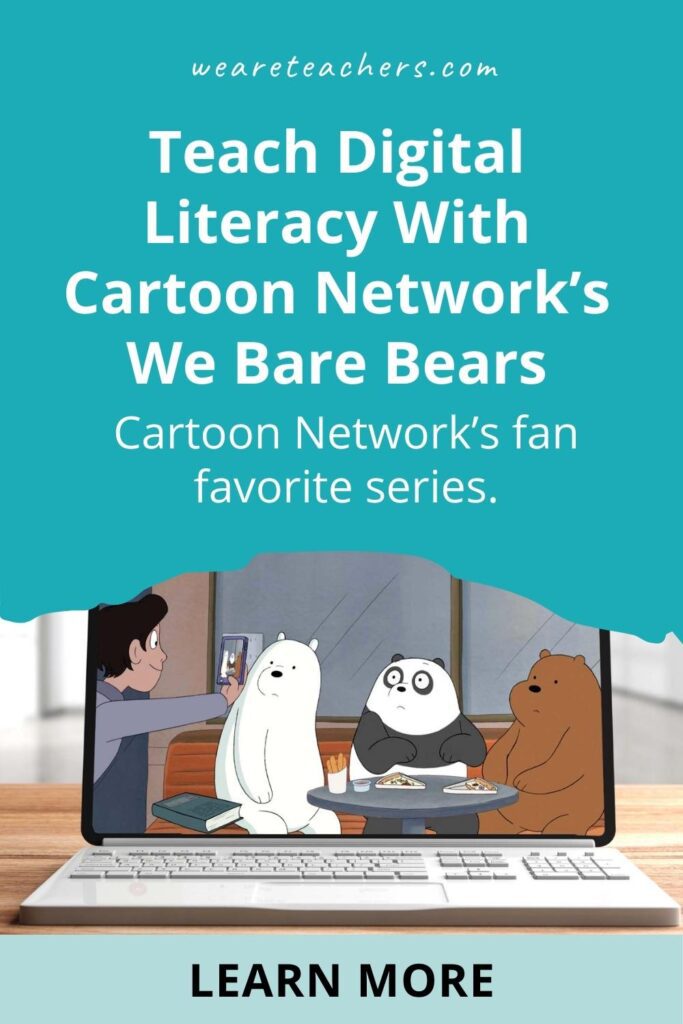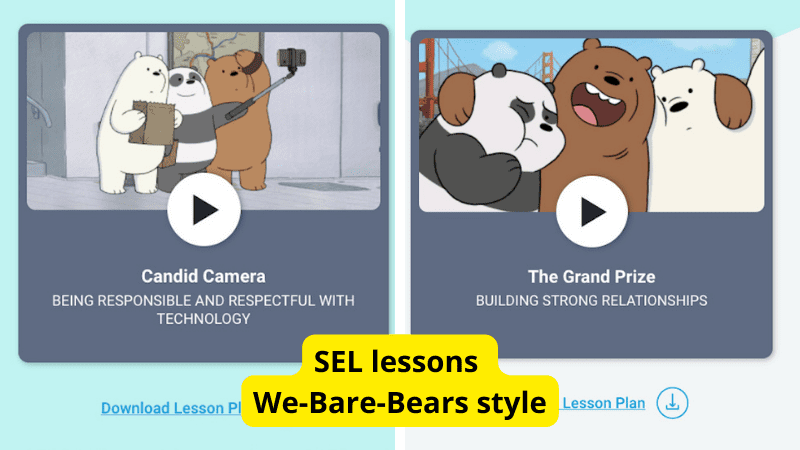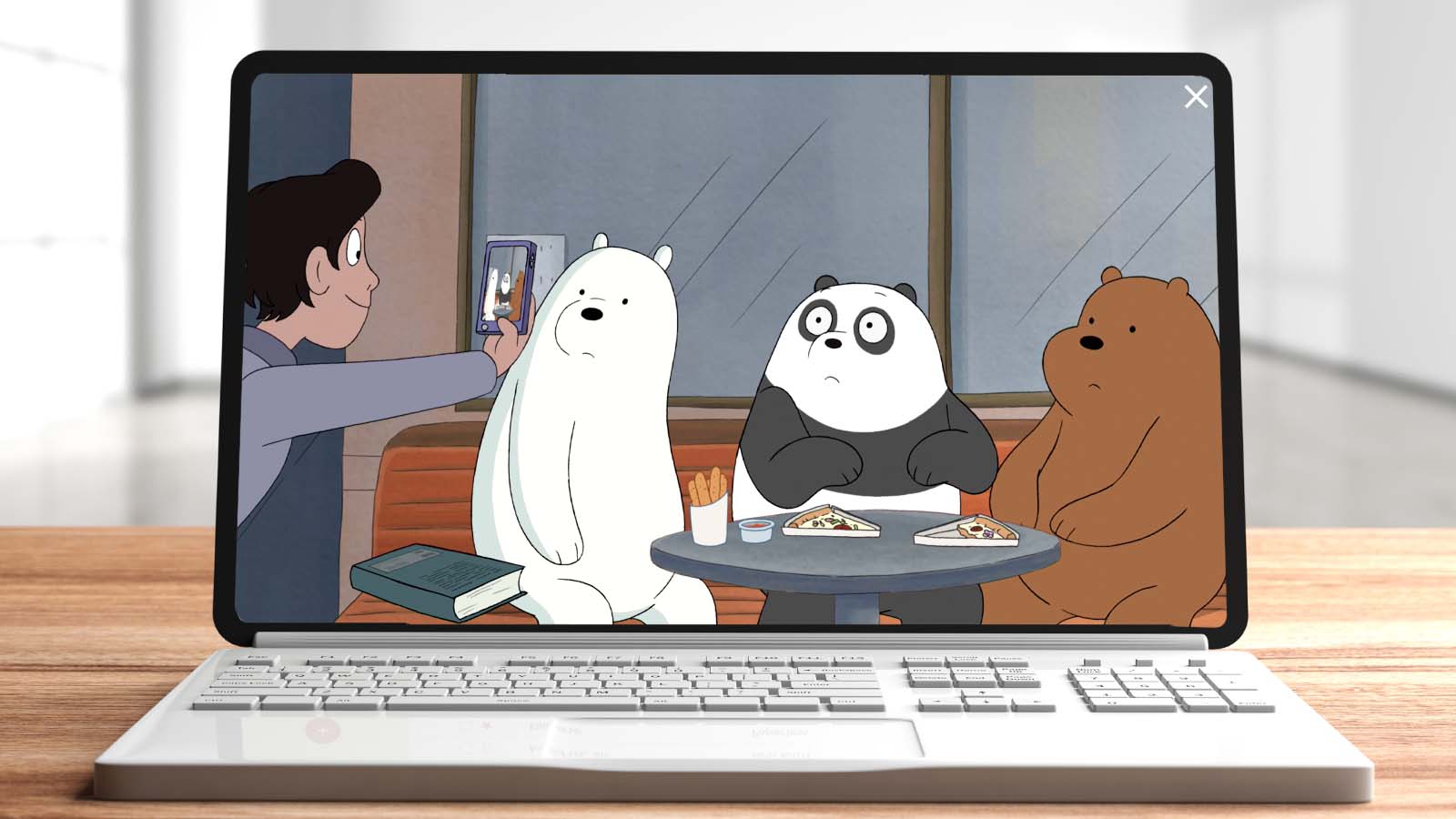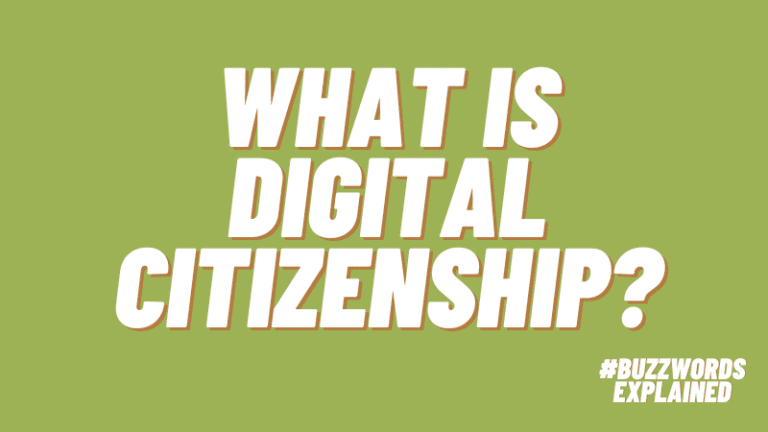All of our students are spending an ever-increasing amount of their lives online. Teaching them how to use technology safely and responsibly is more important than ever. That’s why I was so excited to find free lesson plans about this topic, designed for students of all ages, on The Achievery. From clips from Cartoon Network’s popular kids’ show, We Bare Bears for younger students, to more comprehensive content for older students from Common Sense Education’s K-12 Digital Citizenship Curriculum and the Public Library Association, the Achievery offers ISTE standards-aligned digital citizenship lessons that are engaging and easy to understand.
These lessons and more can be found on The Achievery, a new, free digital-learning platform with video-based lessons and activities created by AT&T in collaboration with Warner Bros. Discovery. The online platform is designed to engage K-12 students with distance learning through pop culture entertainment. Just sign up for a free account and start exploring. Since The Achievery is free and available to everyone, you can assign lessons to your students to continue learning at home. The platform contains lots of unique units on English language arts, technology, social-emotional health, and more for grades K-12 with additional units being added every day. And because of the collaboration with Warner Bros., Cartoon Network, and more, the units are loaded with characters your students will love.
Here’s a peek at how The Achievery’s We Bare Bears lesson works:
Classroom discussion— “Have you ever been embarrassed by a photo of you online?”
Ask students to recall a time when a video or photo of themselves embarrassed them. Maybe it’s that school picture with the crooked haircut your mom loves to share or that video your friend took of you singing off-key. This is such a great opening question because it is so relatable. Who hasn’t seen a picture of themselves or heard themselves in a video clip and just cringed? Talk about: When this happens, what do you do? Should you ask the other person to take it down? Should you let it go? What if the situation were reversed? How would you feel if a friend was upset with you about your social media choices?
Play the video Panda’s Viral Sneeze
Next, students will watch a short video clip. The Achievery has curated the clip, so you know it is school-appropriate, not too long, and perfectly selected for this lesson. Pandas are known to have very adorable yet aggressive sneezes, and Panda, a character from the series, is no exception. In this episode of We Bare Bears, an online video of Panda’s very cute sneeze goes viral and he becomes a “cute” sensation. Even though Panda loves social media and can usually be found scrolling through his phone, he feels embarrassed and angry.
After watching the clip, the lesson plan, developed by Weird Enough Productions, provides you with prompts to ask your class. Students will discuss how Panda felt and support their ideas with evidence from the video clip. During this conversation, they’ll begin to build some crucial understandings. Just because other people like the photo/video and don’t think it’s a big deal doesn’t mean it isn’t a big deal to the person in the photo or video.
The questions in this section really start to get to the heart of digital citizenship. They ask students to consider how Panda felt about having his image go viral without his consent. Building empathy into lessons on responsible online behavior is so important! Other discussion points center around asking your students to consider what it means to be responsible and respectful with technology. Finally, the lesson prompts students to create rules people should follow to keep social media safe and respectful. Just think about how beneficial having our students think about these questions in elementary school could be!
Writing about their learning makes the lesson stick.
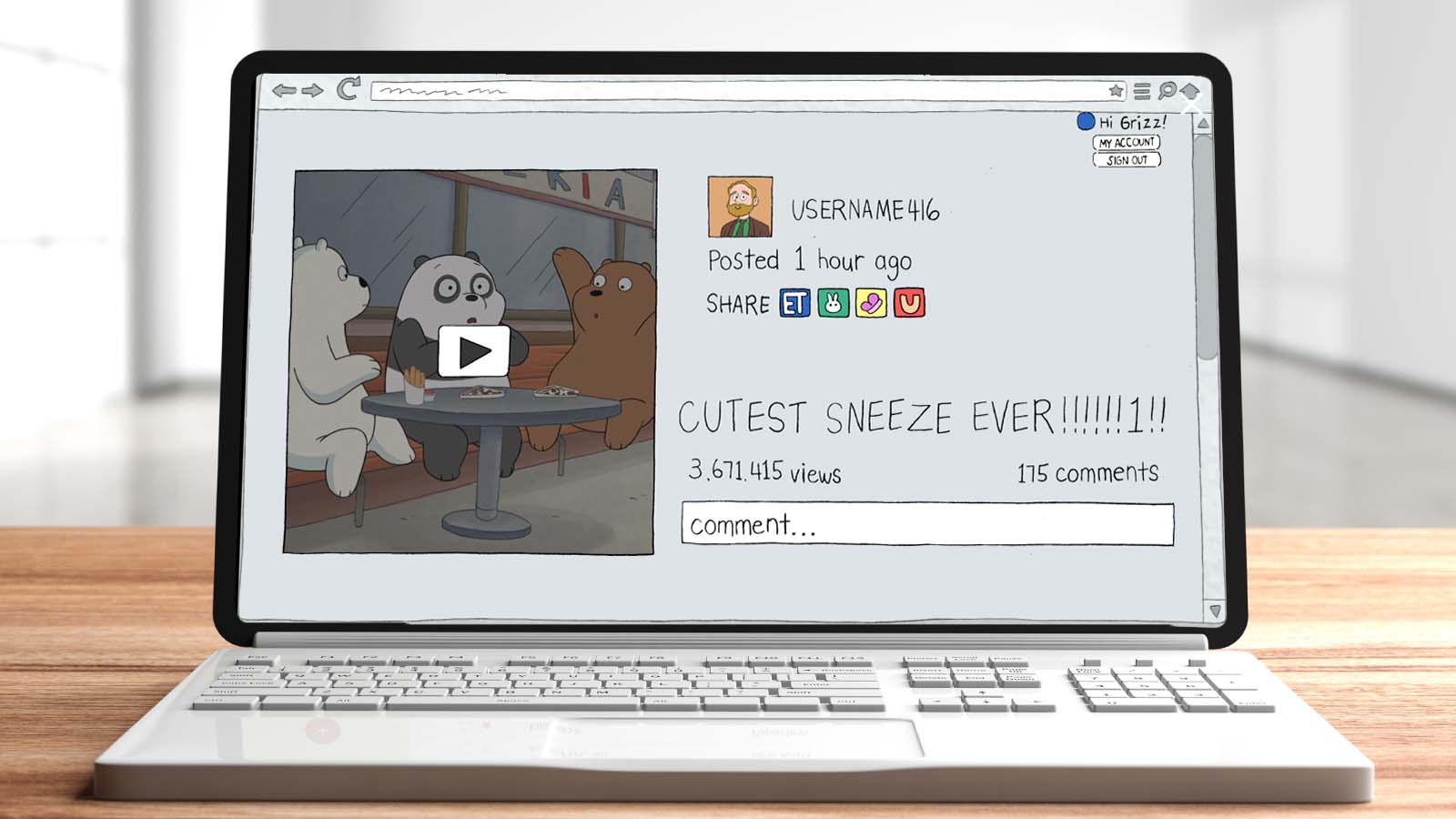
Students finish the digital citizenship lesson by creating a written argument. The teacher decides if a short or long response is most appropriate. Then, students reflect on their learning. At the start, they thought about what it felt like to have people look at embarrassing pictures of them. Then, they watched Panda deal with an unwanted viral video. Finally, they discussed why consent was important with their peers. At this point, they should be ready to respond to the following prompt: Why is it harmful to share photos or videos of people without their permission?
The We Bare Bears lesson is just one of the digital literacy lessons available on The Achievery. Sign up for an account and check out all the available units!
